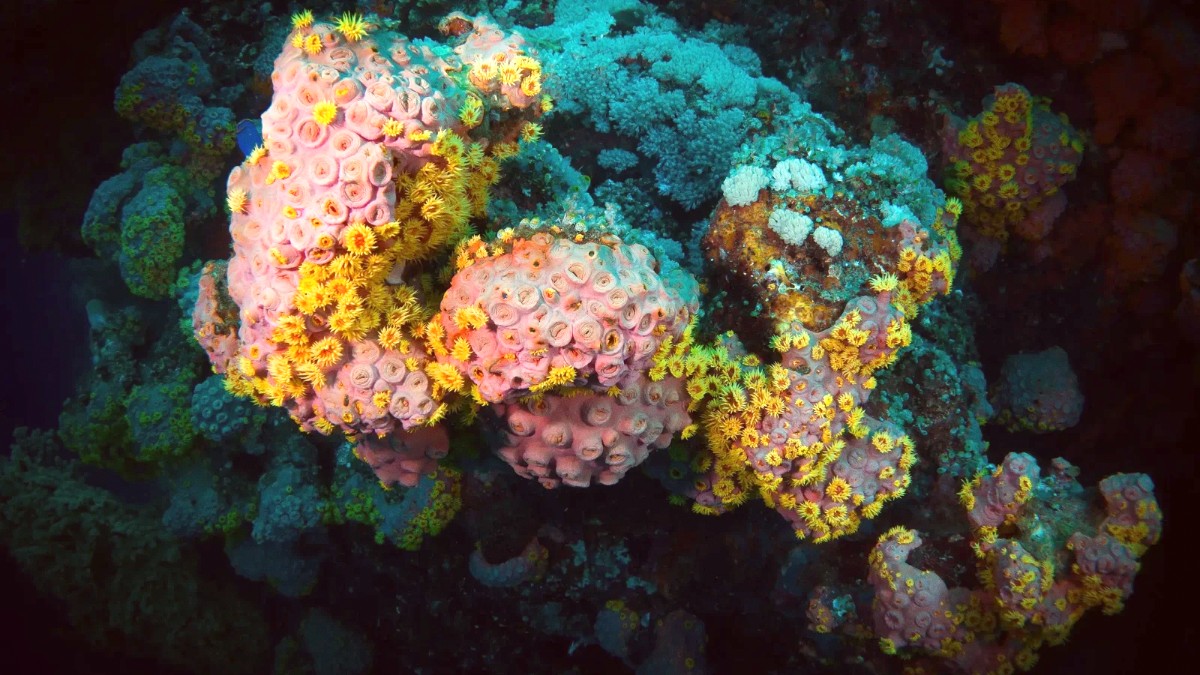
The "culinary overview" focuses on practicality, energy, and self-sufficiency. It involves expedition-style food preparation rather than a cultural dining experience.
Expedition diets prioritize non-perishable, high-energy, and nutrient-dense foods.
Meals are simple, designed for sustenance. Spices and sauces enhance flavor.
Dining revolves around practicality and communal living. Strict hygiene practices exist.
Meal times are flexible, dictated by expedition schedules and workload, often structured around fieldwork.
Meals prioritize calorie content and nutrient density for strenuous activity.
Expect functional, nourishing meals designed to fuel work.
Potable water supplies come with the expedition team.
Staying well-hydrated sustains work in remote environments.
Snacks provide quick energy, selected for calorie content and shelf stability.
Culinary adventure forms no part of the experience.
Dining occurs at the field station's communal kitchen or on the research vessel's galley.
Packed meals for consumption directly in the field during operations.
At research stations, meals occur in communal kitchens. This fosters teamwork.
On research vessels, the galley serves as the dining hub. A dedicated cook often manages meals.
For fieldwork, packed lunches sustain activities. Consumption occurs directly in the field.
Vegetarian and vegan options are possible, but demand specific provisioning.
Communicate needs clearly well in advance.
Provisions for gluten-free diets or severe food allergies are a requirement.
Strict cross-contamination prevention exists.
Secure, climate-controlled storage for provisions.
Meals prepared efficiently with limited resources.
Rigorous cleaning and sanitation protocols.
All waste meticulously collected and removed.
Individuals with complex dietary needs should be prepared to be highly self-sufficient.
Bring some specialized, non-perishable food items.
Clear and early communication with the expedition leader is paramount.
This guides the provisioning team effectively.
Non-perishable items like pasta, rice, and canned goods form the backbone of the expedition diet.
For longer stays on vessels or stations with freezers, frozen foods extend variety.
The main "dining concept" involves eating together as a team on a research vessel or in a field station's communal kitchen.
Many days involve packed lunches consumed directly in the field, amidst the unique natural environment.
The culinary experience involves making the most of limited resources.
No public markets, restaurants, or diverse commercial dining choices exist.
All food comes with the expedition.
Dining serves the singular goal of sustaining the mission and personnel.
No leisure-oriented dining experiences.
Potable water is either desalinated on vessels or collected via rainwater systems on islands.
Power for cooking and refrigeration comes from generators or solar arrays.
Appropriate storage prevents spoilage in humid, remote conditions.
The "culinary experience" on the USMOI a testament to human ingenuity and teamwork in sustenance in one of the world's most isolated settings, rather than a leisure activity.